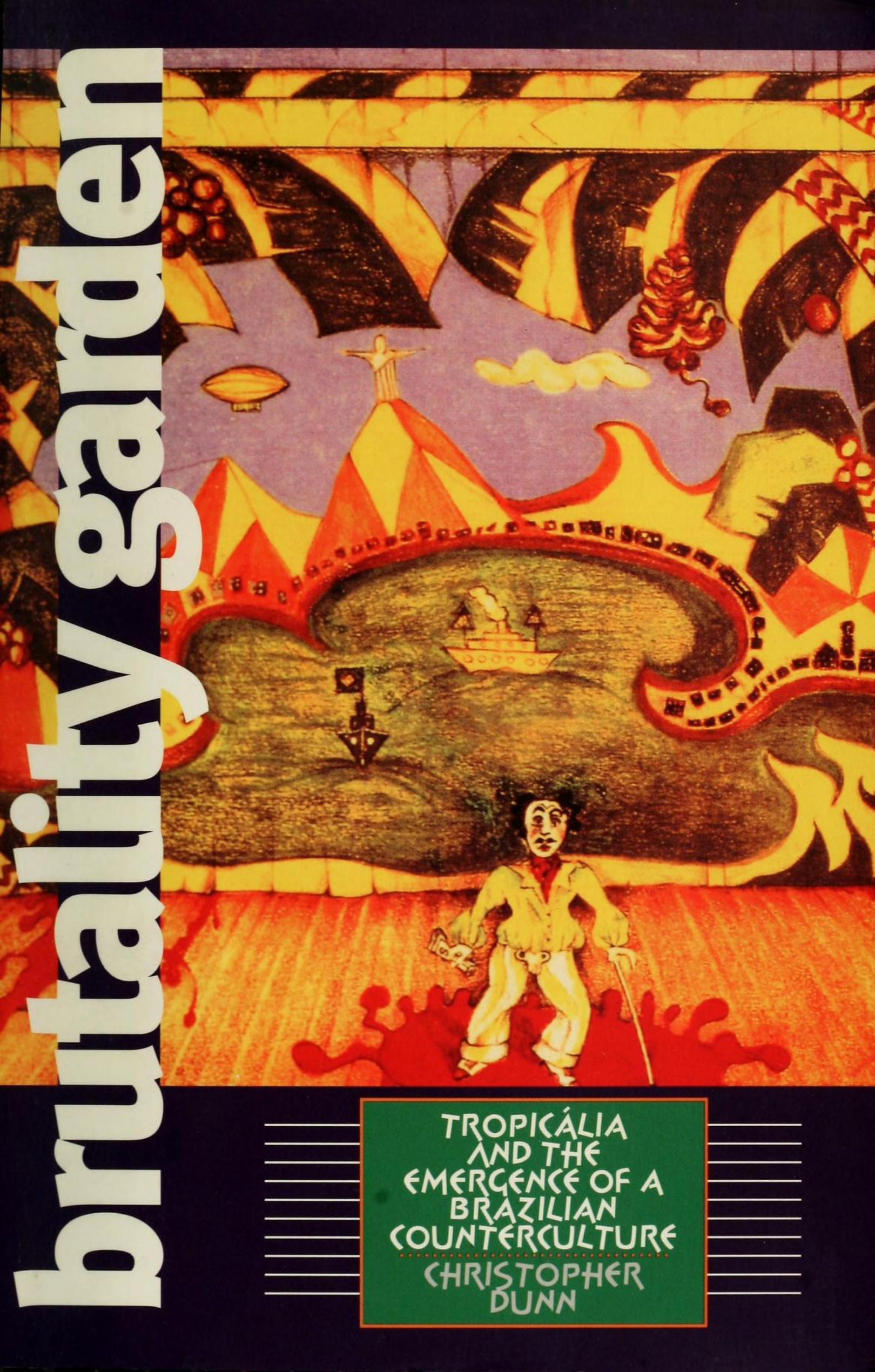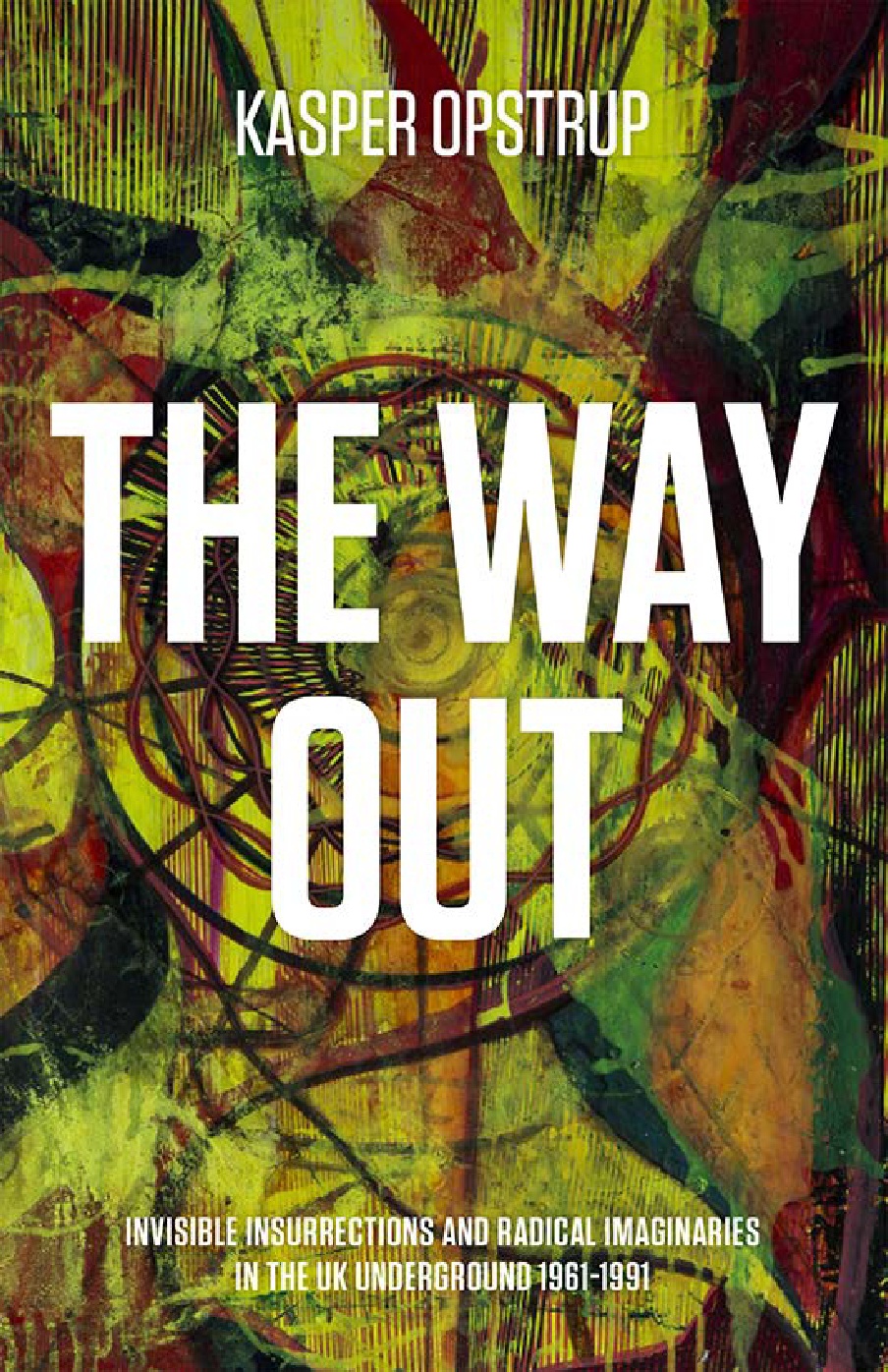Christopher Dunn: Brutality Garden: Tropicália and the Emergence of a Brazilian Counterculture (2001)
Filed under book | Tags: · brazil, counterculture, cultural history, music, music criticism, music history, tropicalia

“In the late 1960s, Brazilian artists forged a watershed cultural movement known as Tropicália. Music inspired by that movement is today enjoying considerable attention at home and abroad. Few new listeners, however, make the connection between this music and the circumstances surrounding its creation, the most violent and repressive days of the military regime that governed Brazil from 1964 to 1985. With key manifestations in theater, cinema, visual arts, literature, and especially popular music, Tropicália dynamically articulated the conflicts and aspirations of a generation of young, urban Brazilians.
Focusing on a group of musicians from Bahia, an impoverished state in northeastern Brazil noted for its vibrant Afro-Brazilian culture, Christopher Dunn reveals how artists including Caetano Veloso, Gilberto Gil, Gal Costa, and Tom Zé created this movement together with the musical and poetic vanguards of São Paulo, Brazil’s most modern and industrialized city. He shows how the tropicalists selectively appropriated and parodied cultural practices from Brazil and abroad in order to expose the fissure between their nation’s idealized image as a peaceful tropical “garden” and the daily brutality visited upon its citizens.”
Publisher University of North Carolina Press, Chapel Hill, NC, 2001
ISBN 0807849766, 9780807849767
276 pages
PDF (82 MB)
Comment (0)Kasper Opstrup: The Way Out: Invisible Insurrections and Radical Imaginaries in the UK Underground, 1961-1991 (2017)
Filed under book | Tags: · 1960s, 1970s, 1980s, aesthetics, avant-garde, counterculture, cultural history, education, london, mysticism, politics, protest, social movements, united kingdom

“A counterculture history of art and experimental politics that turns the world inside out
The Way Out examines the radical political and hedonist imaginaries of the experimental fringes of the UK Underground from 1961 to 1991. By examining the relations between collective and collaborative practices with an explicit agenda of cultural revolution, Kasper Opstrup charts a hidden history of experiments with cultural engineering, expanding current discussions of art, medias, politics, radical education and the occult revival. Even though the theatres of operation have changed with the rise of the Internet and a globalised finance economy, these imaginaries still raise questions that speak directly to the present.
Here we encounter a series of figures – including Alexander Trocchi, R. D. Laing, Joseph Berke, Brion Gysin, William Burroughs and Genesis P-Orridge – that blurred the lines between inner and outer, the invisible and the material. Four singular forms of speculative techniques for igniting an invisible insurrection with cultural means make up the central case studies: the sigma project, London Anti-University, Academy 23 and thee Temple ov Psychick Youth.
Contained within these imaginaries is a new type of action university: a communal affair that would improvise a new type of social relation into existence by de-programming and de-conditioning us without any blueprints for the future besides to make it happen. Instead of being turned upside down, the world was to be changed from the inside out.”
Publisher Minor Compositions, Wivenhoe, 2017
ISBN 9781570273285
252 pages
Deborah Ascher Barnstone: Beyond the Bauhaus: Cultural Modernity in Breslau, 1918-33 (2016)
Filed under book | Tags: · 1920s, architecture, art history, avant-garde, cultural history, modernism, urbanism, weimar republic, wroclaw

“Although the Breslau arts scene was one of the most vibrant in all of Weimar-era Germany, it has largely disappeared from memory. Studies of the influence of Weimar culture on modernism have focused almost exclusively on Berlin and the Dessau Bauhaus, yet the advances that occurred in Breslau affected nearly every intellectual field, forming the basis for aesthetic modernism internationally and having an enduring impact on visual art and architecture. Breslau boasted a thriving modern arts scene and one of the premier German arts academies of the day until the Nazis began their assault on so-called degenerate art. This book charts the cultural production of Breslau-based artists, architects, art collectors, urban designers, and arts educators who operated in the margins of Weimar-era cultural debates. Rather than accepting the radical position of the German avant-garde or the reactionary position of German conservatives, many Breslauers sought a middle ground.
This richly illustrated volume is the first book in English to address this history, constituting an invaluable addition to the literature on the Weimar period. Its readership includes scholars of German history, art, architecture, urban design, planning, collecting, and exhibition history; of the avant-garde, and of the development of arts academies and arts pedagogy.”
Publisher University of Michigan Press, 2016
Social History, Popular Culture, and Politics in Germany series
Creative Commons BY-NC-ND 4.0
ISBN 0472119907, 9780472119905
xi+256 pages

